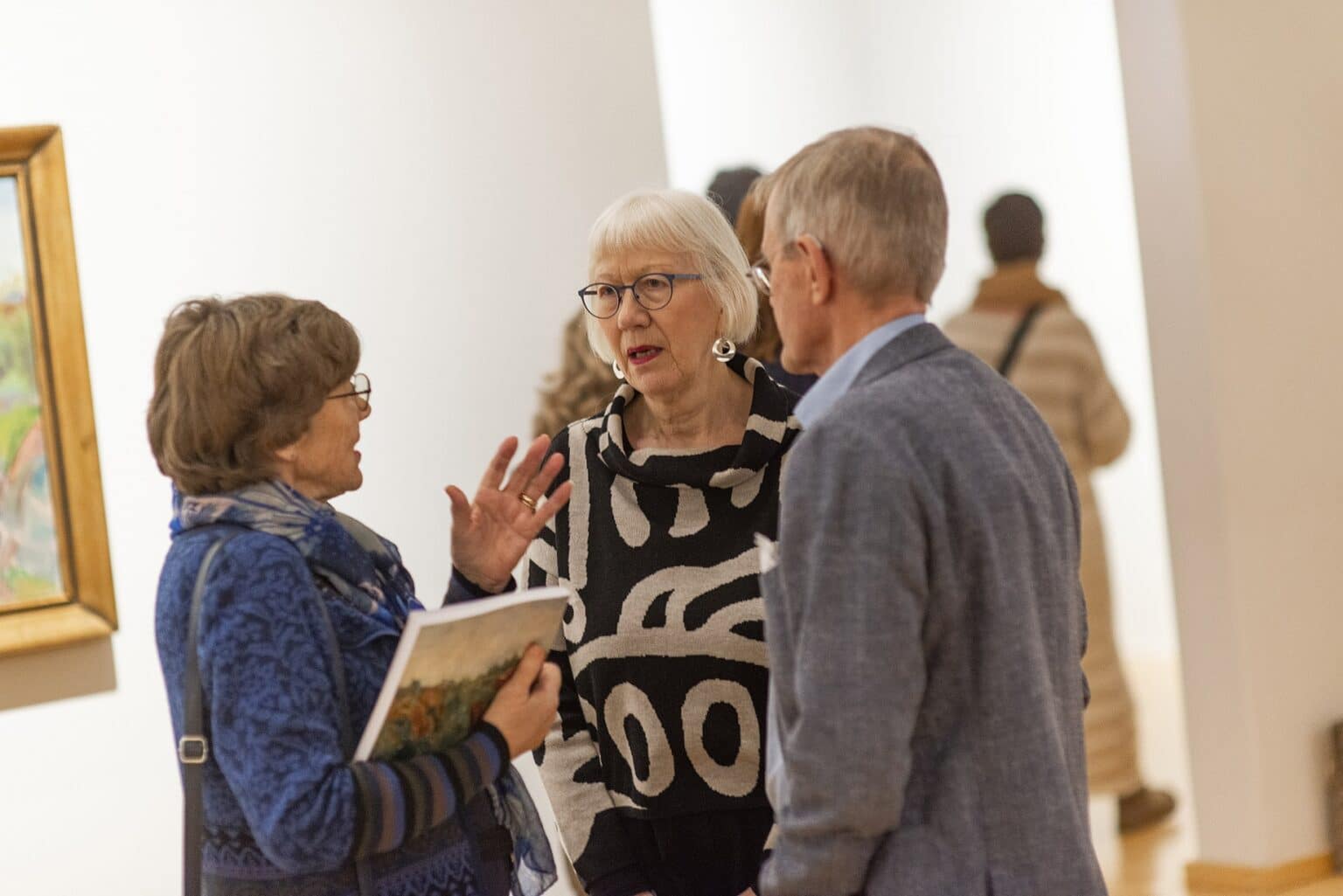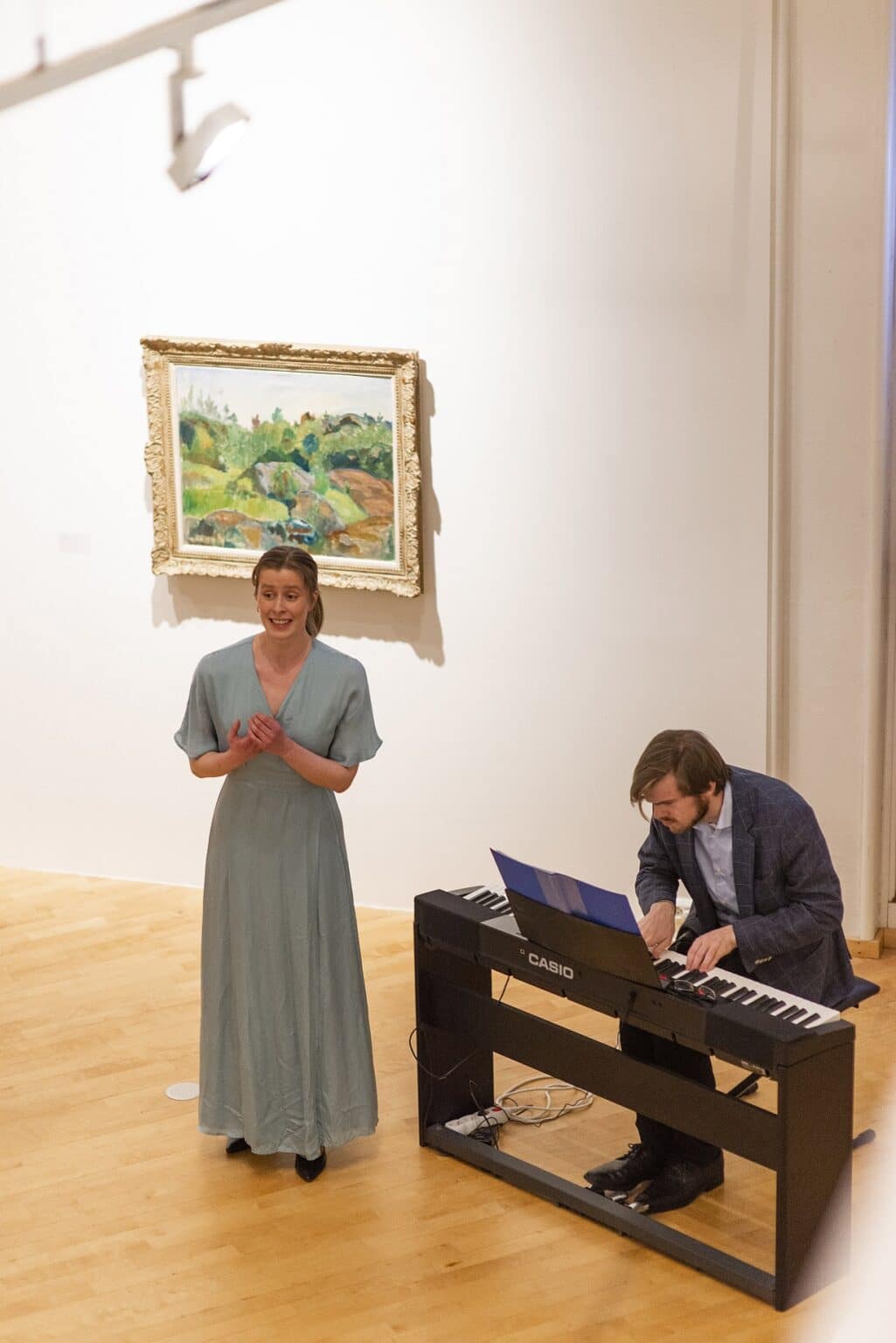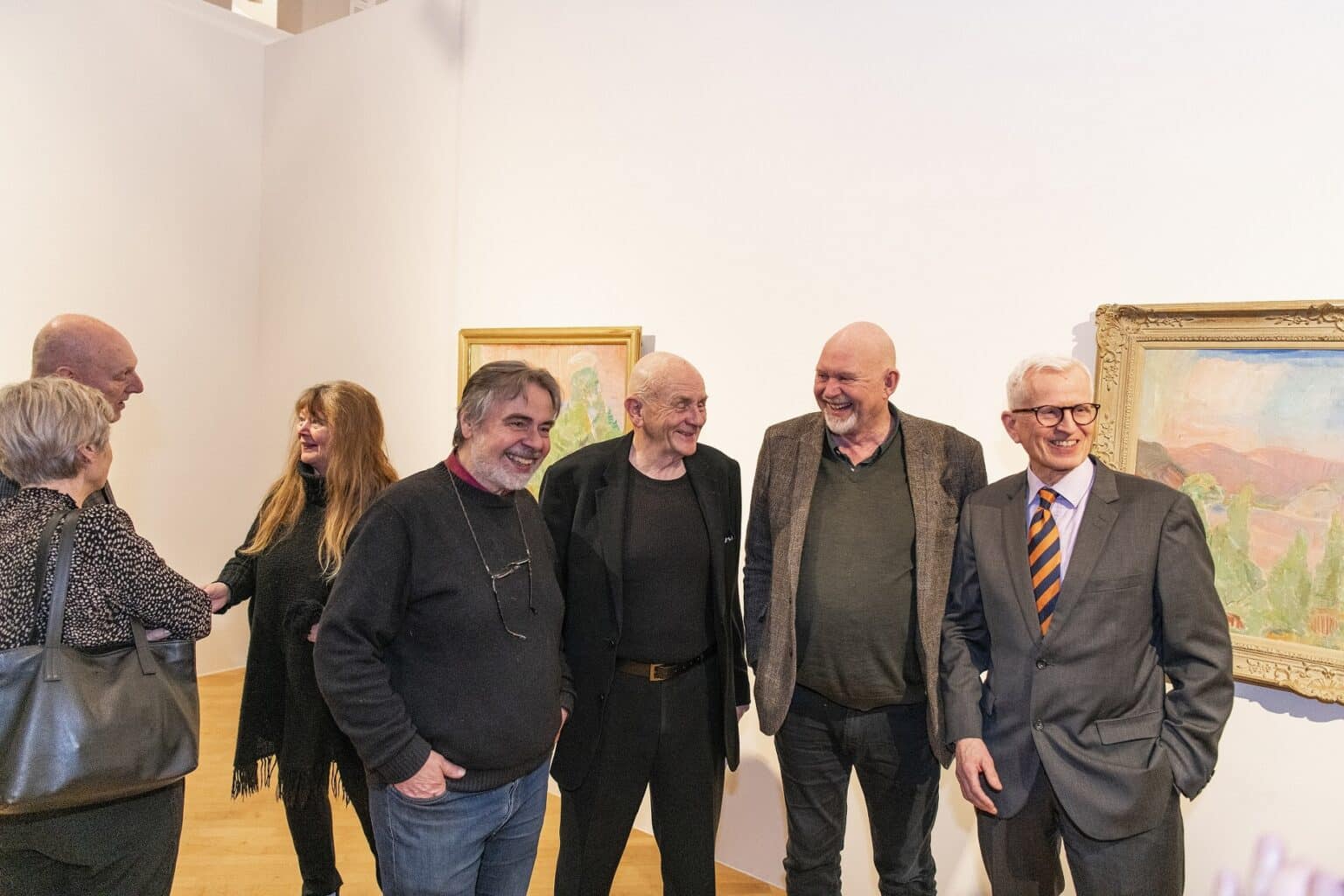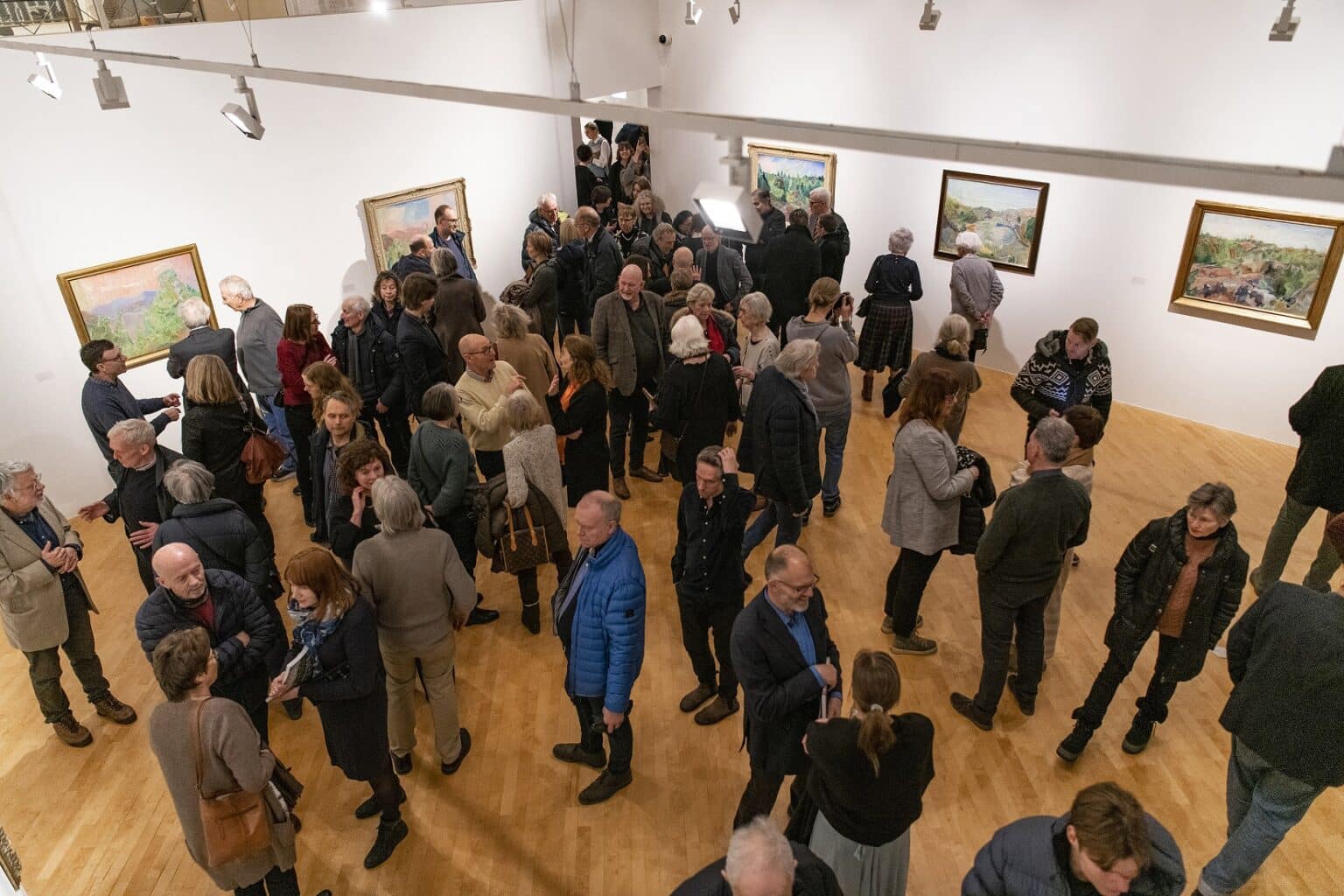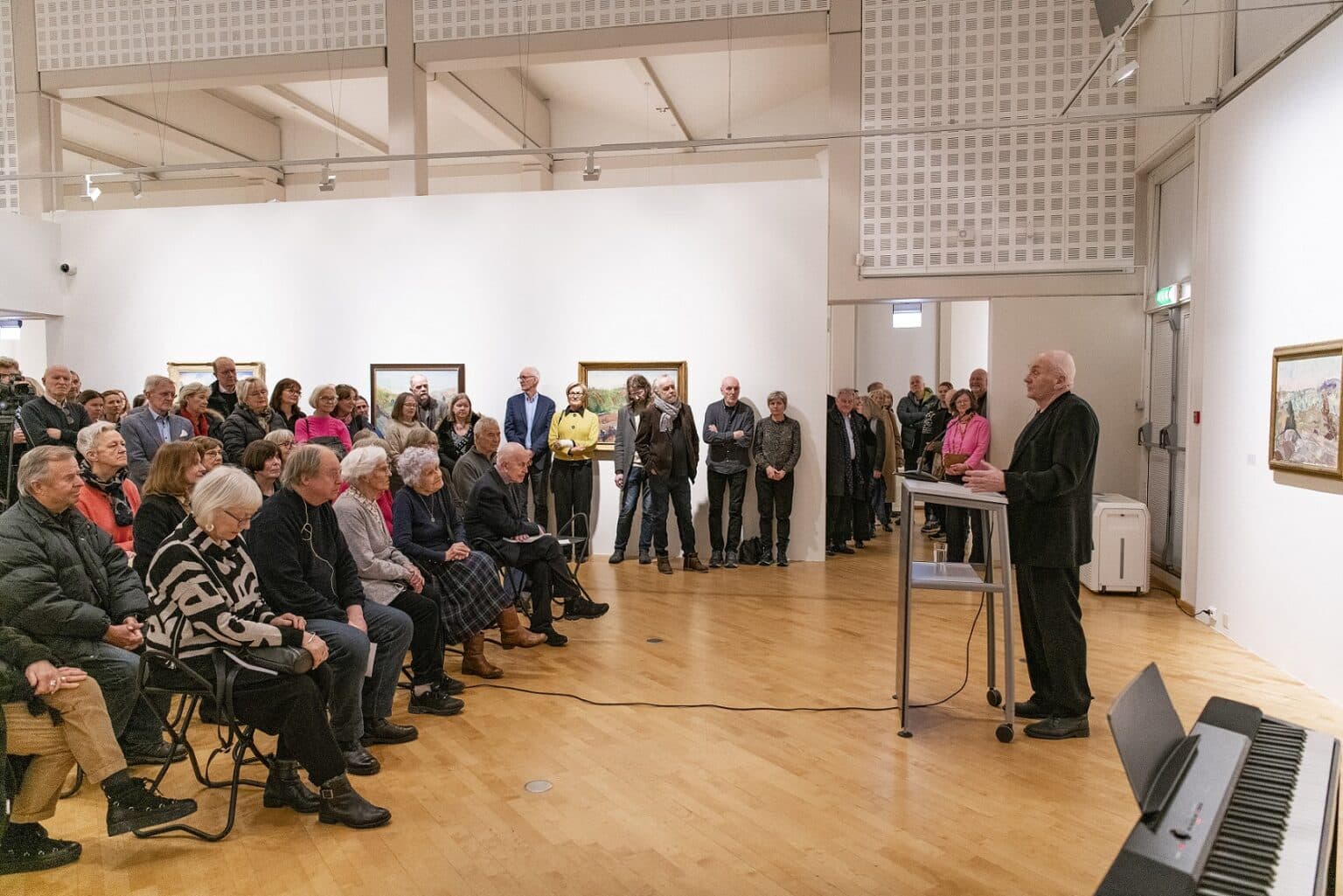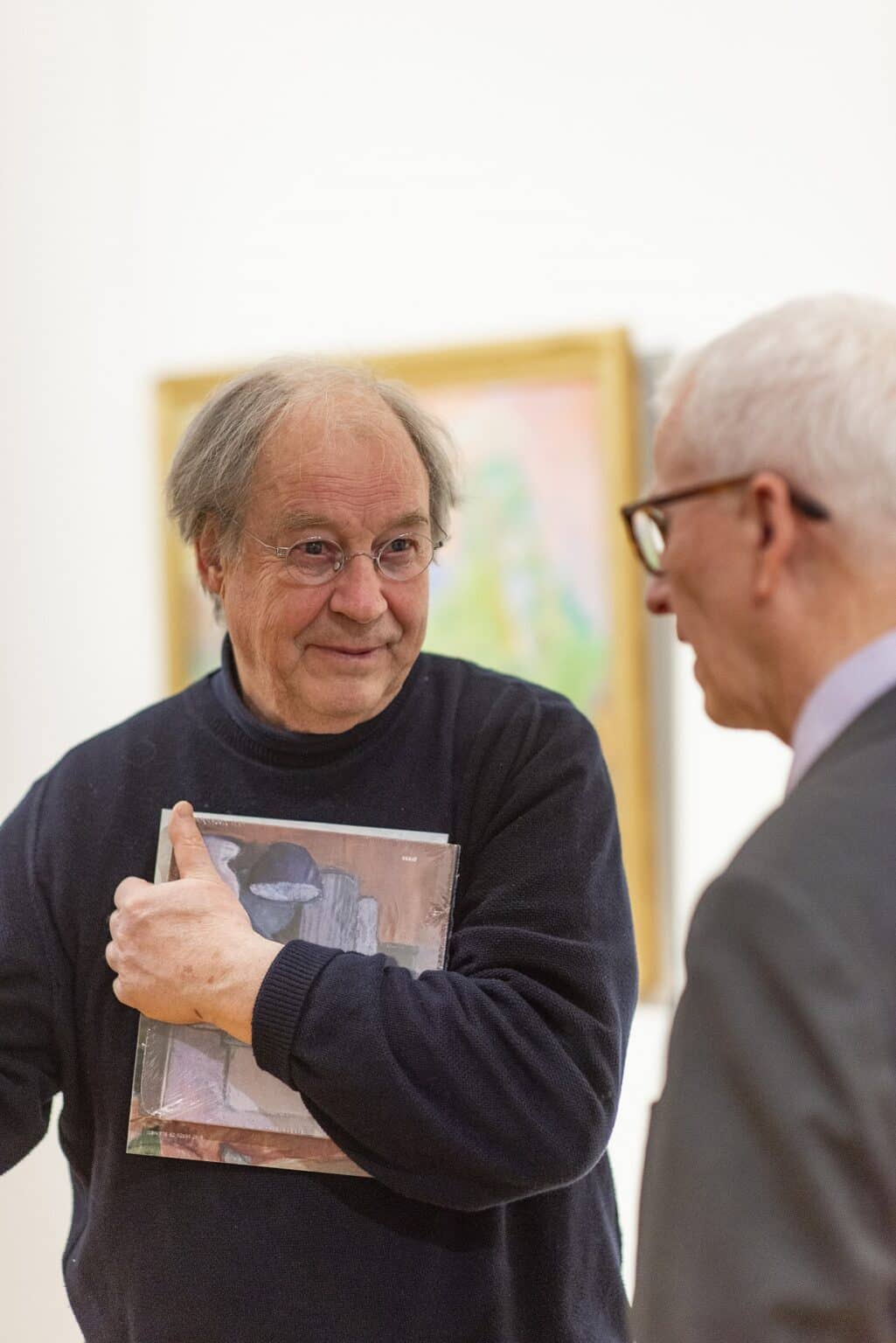Living landscape
Thorvald Erichsen's painting 1920-1939
The landscape had no dominant position in the painting of the modern artists in Europe in the period between the two world wars, other than as an arena for people and architecture. But with Thorvald Erichsen (1868-1939), the "pure" landscape becomes his main occupation for the last 20 years of his life.
In 1921, together with the painter Jean Heiberg (1884-1976), he bought an area of land with a house on the Kjelsøy peninsula, outside Kragerø. He uses Kjelsøy from 1921 to 1931. As early as 1911, he became familiar with the area at Holmsbu at the outlet of the Drammensfjord. Here he has a place to stay in the house of Kris Wold Torne, the widow of his friend Oluf Wold Torne. Until 1931, he stayed alternately on Kjelsøy and in Holmsbu from late spring until well into autumn. From 1932 it is only Holmsbu. These will be the most important areas for his landscape painting in the years 1920-1939, a painting which is mainly carried out as an open-air painting, directly in the landscape. This exhibition shows Kjelsøy and Holmsbu paintings.
It is a mature and meritorious artist who produces these works. In 1931, his colleague Alf Rolfsen described it as follows:
"... he could paint. ... It was as if by his ongoing study of nature and art, by the obstinate working through of his giftedness, he had released a power within himself that was as it were on the side of himself, a power that he could not even always fully understand, but which he had to obey. Thus this extremely reserved personality came to produce the least cunning, the most immediately captivating images in modern Norwegian art."
The exhibition, which is curated by art historian Per Bjarne Boym, creates an opportunity to become more familiar with this side of Erichsen's art. And thus provides material for a direct confrontation with the paintings that Rolfsen describes as "the least cunning, the most immediately captivating images in modern Norwegian art". Are the late Erichsen's paintings purely historically interesting, or are his landscape paintings still living art? And if so, in what directions do experiences, perceptions and descriptions of these paintings lead us today?

